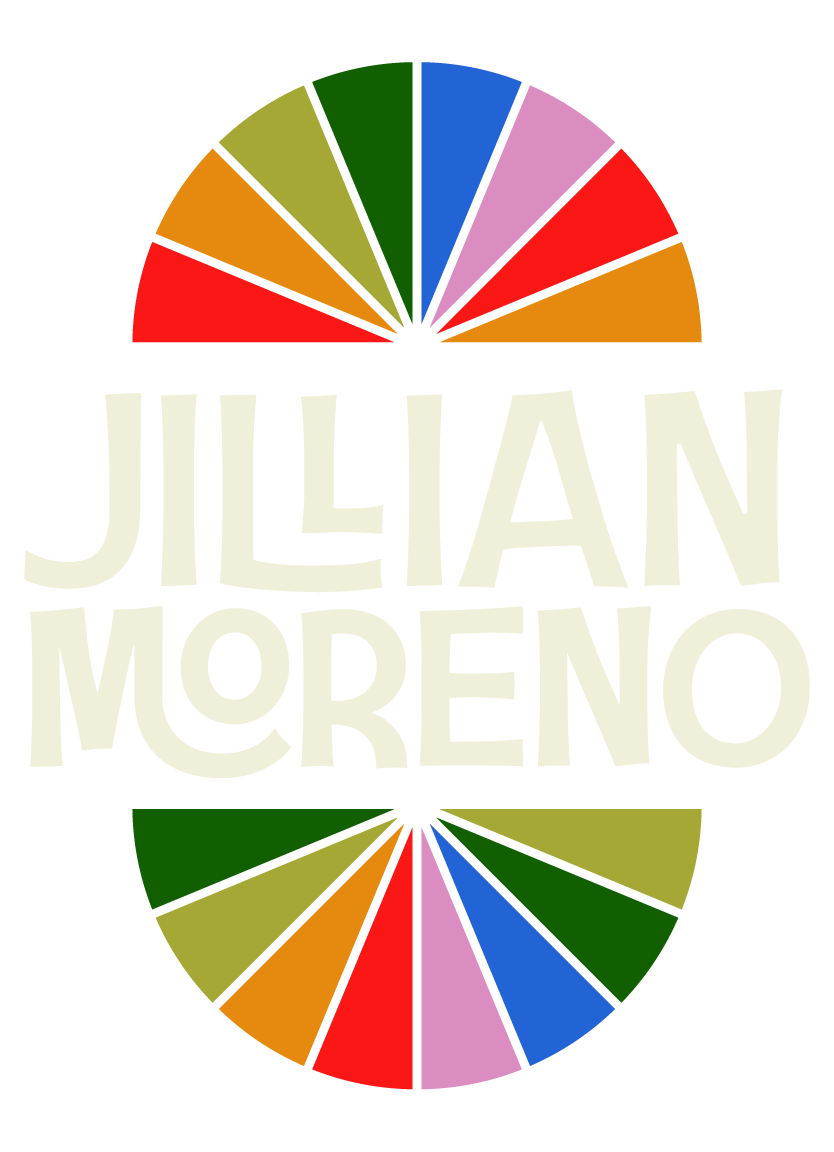I snuck away from my mean boss yesterday and spun another quick variegated and natural sample. I like this one so much I wish I had made it much bigger.
This is a variation on the last sample, the insertion, but a 2-ply. I used much less natural this time, pieces about the length and width of my index finger. I put the natural in different place in each ply, so it wouldn't ply on itself.
I put the natural before the purple/blue in one ply and after the purple/blue in the second ply. I really like how it marls intermittently in the yarn. I may have found another way that I like marling yarn.
See, never say never!
When I started knitting the swatch, I wished I had about 50 more yards just for swatching. Those intermittent marls become blips of natural in knitting, I really like it. I think it would look even better with a bigger sample that didn't match in the plying.
I'm going to have do this sample again with more yarn. I have a feeling that it would make a cool garment.
Are you playing with anything new this week?
















